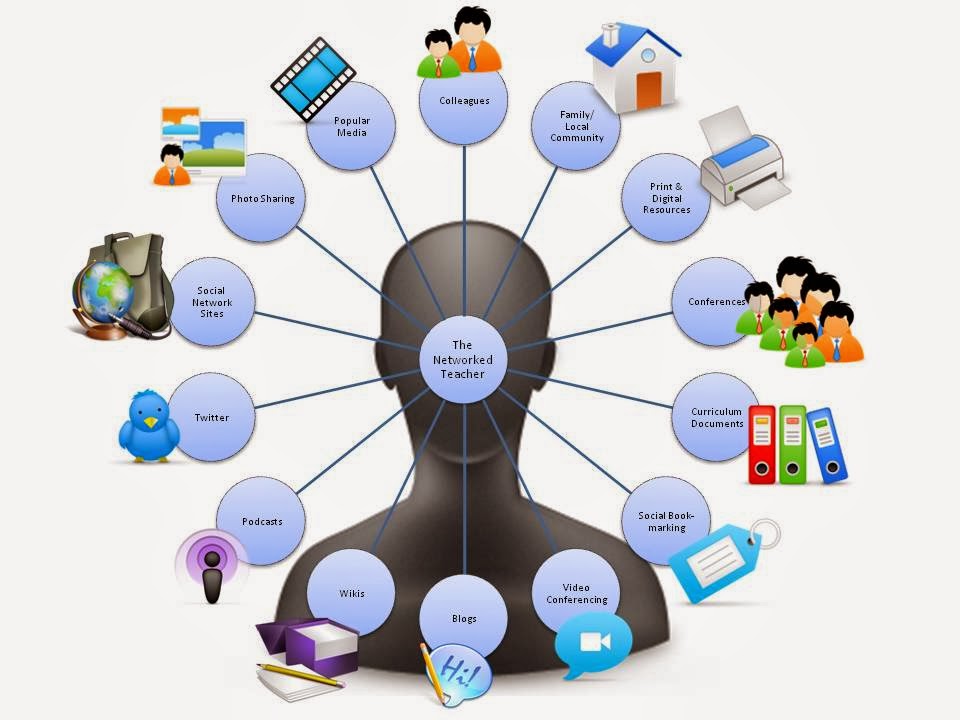While this is a self diagnosis, it’s still encouraging. The average comfort level of contractors, regardless of their function, is 7.8. That drops to 7.4 for contractors that don’t execute an IT function, while those that do play an IT function claim an 8.4 average comfort level. When asked if they were able to get any technologies approved in start using tomorrow, construction professionals gave answers which range from the overwhelmed I dont want anything else to execute this year, to the daring intelligent automatic drone that works on its own and enter your data, to the practical Seamless remote access with full functionality and zero connectivity\/speed issues.
The responses ranged from indifferent. This revealed that no matter how contractors claim they feel with technologies, the probability of choosing another technology solution doesn’t inspire enthusiasm. Contractors are still sorting through all the applications today, they use. Though in the minority, a few builders are setting aside resources and budget to research, develop and embrace technologies that are emerging. According to the JBKnowledge report, the likelihood of having a department dedicated to R&D increased as the size of the construction company increased. A construction company with more than 1, 000 employees or $500 million in revenue is more likely than not to have R&D.Those with a R&D department are almost 50 percent more likely to be experimenting with emerging technologies.
Among those experimentation, scanners and drones are probably today to be seen on jobsites, and wearables are the least likely. Since the technologies that is emerging that is most commonly used, businesses are using a range of drones to catch information for topographical mapping imaging, video recording and far more. The DJI Phantoms newest drone has ground detection technologies to make it possible for use indoors, where GPS navigation can’t be referenced, and Kespry commercial drones make it possible for users to measure perimeter, volume, cut and fill sizes of stockpiles. Parrot drones are probably the most affordable options because they acquire less dynamic data, but still produce Hi-def photo and video for jobsite progress monitoring and surveillance.
Next year, employers will be using more renewable drone systems like Skycatch that do not need pilots and may even change out their batteries autonomously. Developing technologies also will make it possible for drones to connect with workers and machines to power and monitor of the jobsite through monitoring stockpiles, directing earthmovers, monitoring productivity and a lot more. Drones also will become tools for more than just information catch and transmission, with load bearing capacity to haul equipment, move materials and transport tools. The real question is not when drones will continue to grow in use, but rather how will that they be regulated. Builders should bookmark knowbeforeyoufly.org and keep a close eye on FAA regulations which will affect drone adoption and usage, especially because commercial drone use must be authorized by the Federal Aviation Administration.
Why will be 3-D printers, augmented reality, virtual reality and wearable devices seeing less promising adoption rates? JBKnowledges survey respondents were asked to identify of the most limiting factors in their businesses embracing new technologies and spending budget was the most typical answer, followed closely by lack of staff to support of the technology.





